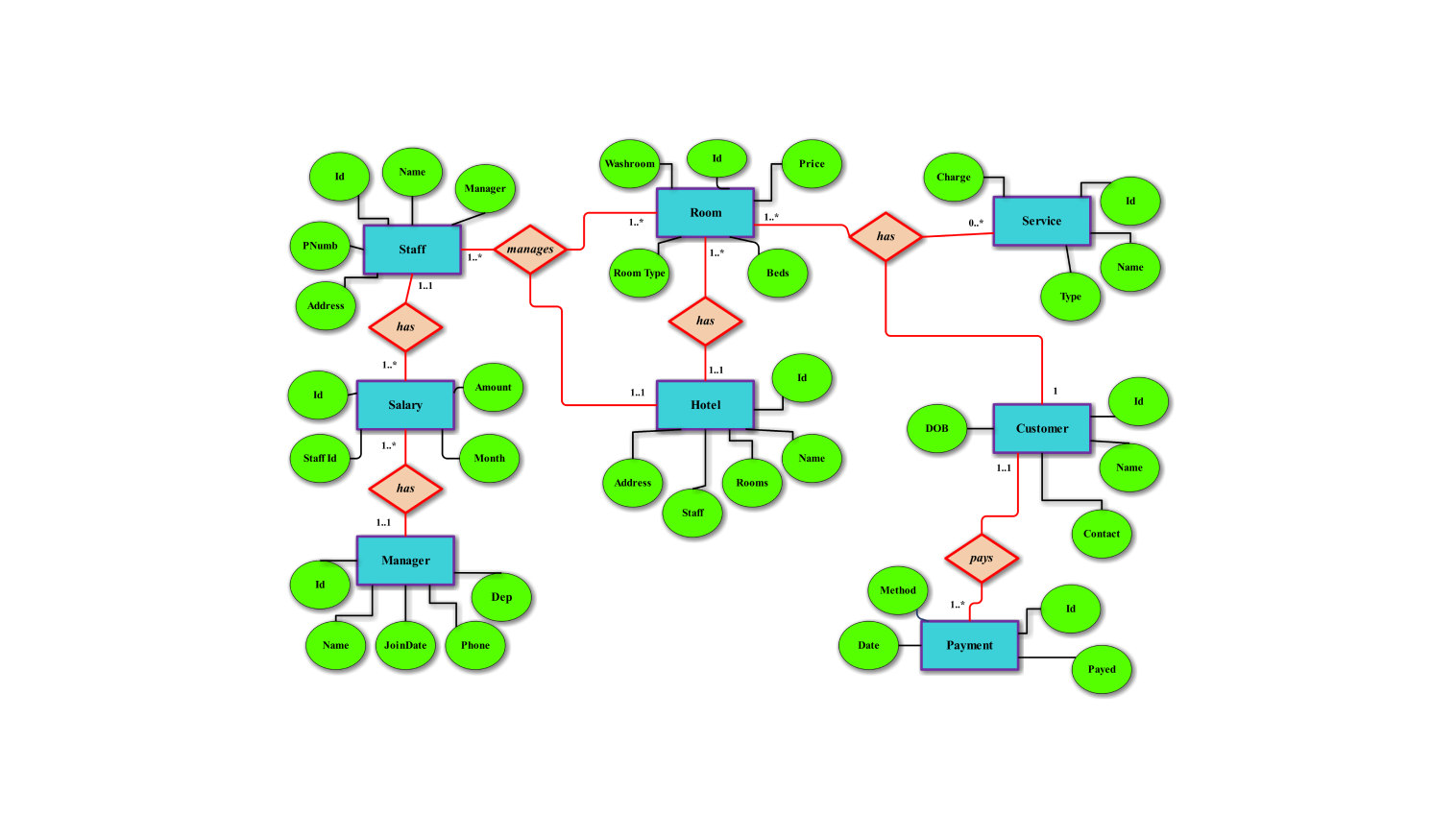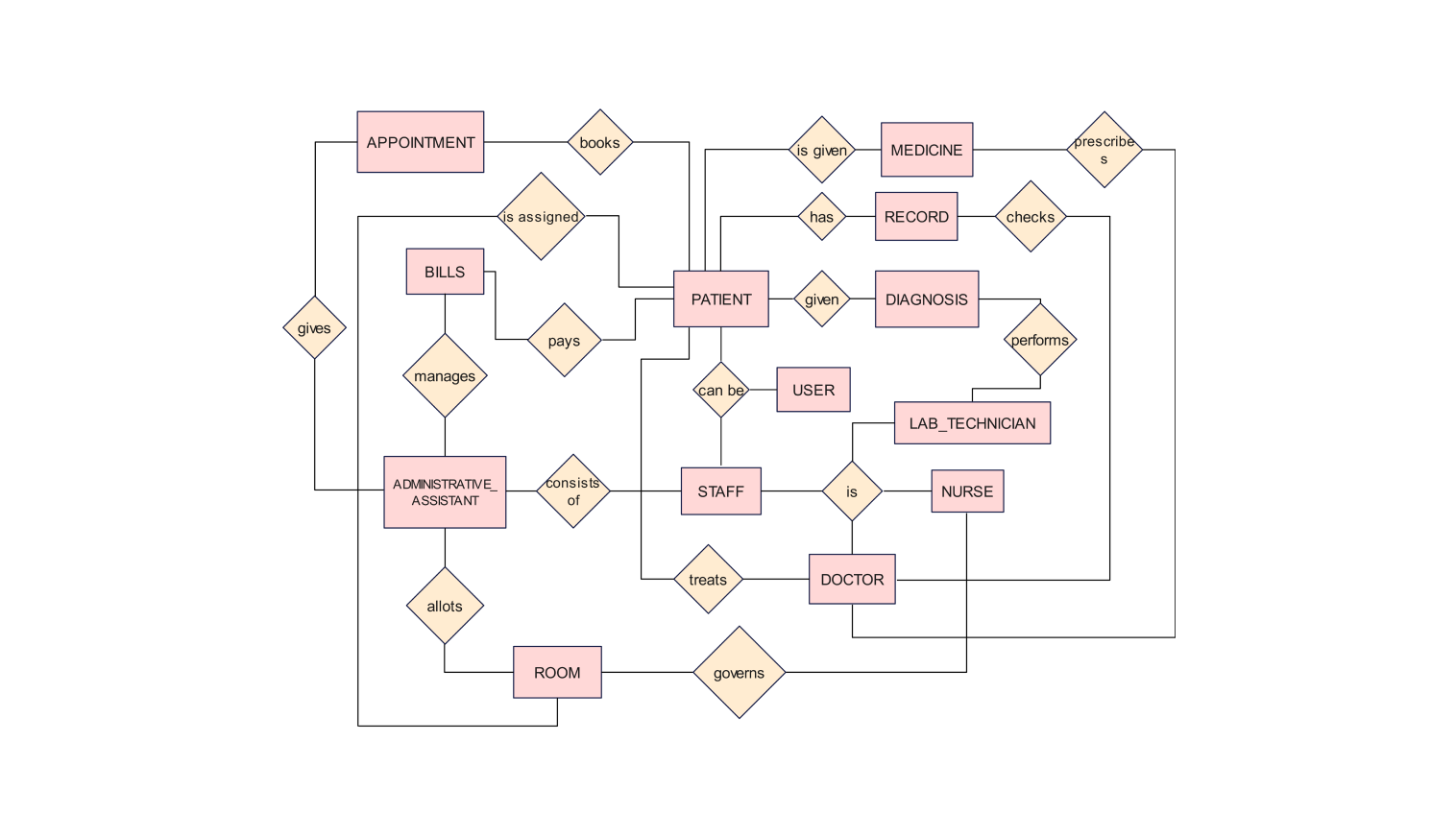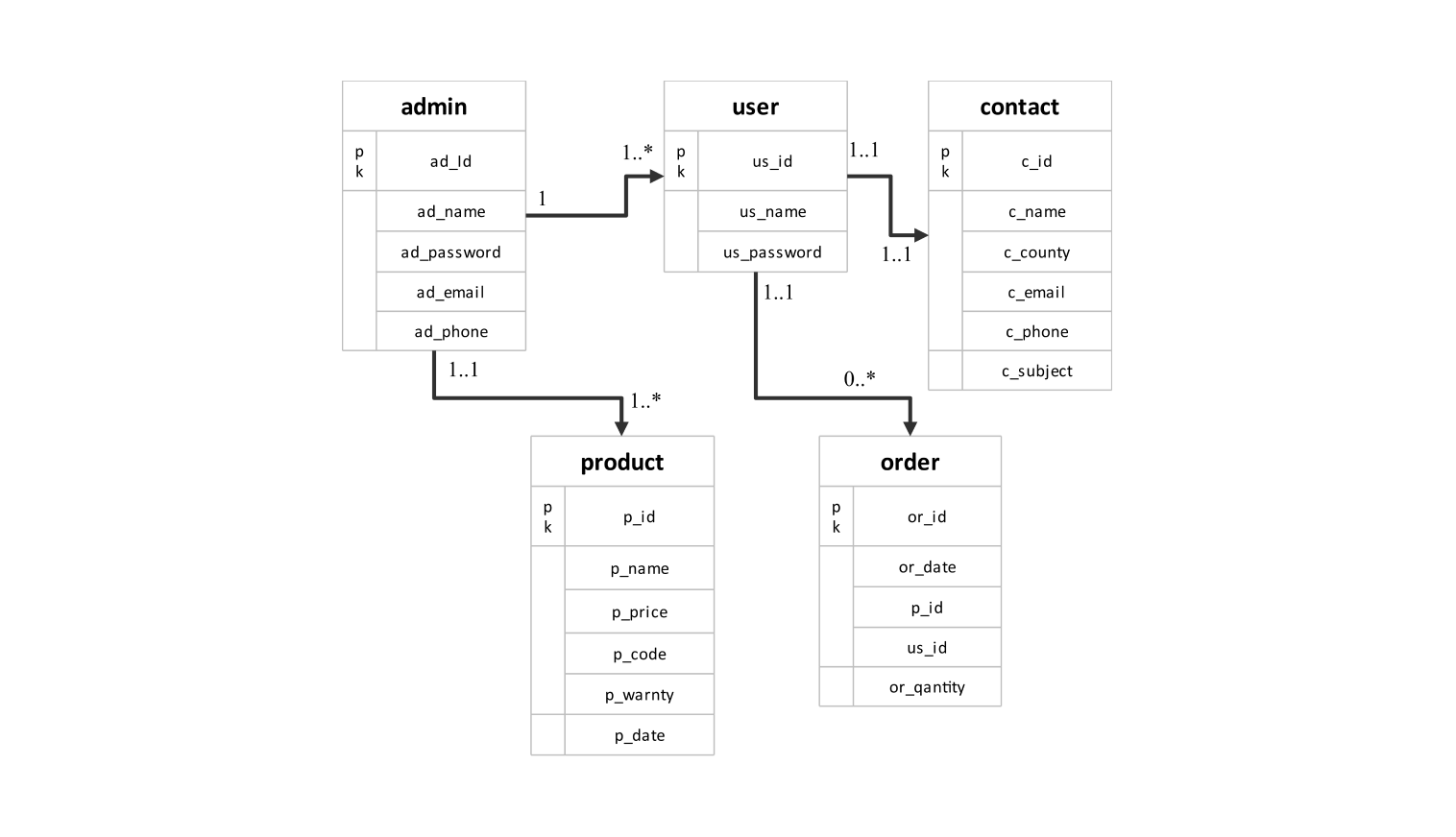- Templates
- ER diagrams templates
- ER diagram for supply chain
About this ER diagram for supply chain
A supply chain ER diagram showcases the web of processes and key players involved underscoring the duties at each phase. This visual aid offers a depiction of how goods move from suppliers to customers emphasizing the roles of stakeholders in ensuring smooth operations.
Here the supplier represented using the entity supplier is responsible for supplying the raw materials to the manufacturers. The manufacturer has a complete process or equipment for converting the raw material into a refined product.
The manufacturers then take the raw material and produce the product. The manufacturer may produce different types of products depending on the area of business.
After the product has been produced it is taken by the distributors. The distributor is a company or firm responsible for distributing the product produced by the manufacturer to various retailers. A distributor may operate in a specific area or a group of areas.
Retailers depicted by their entity purchase these products from distributors. In the world of retail, you'll find either store owners or a team of individuals running a store.
Their main tasks involve stocking and displaying products for customers to access. At the end of the day, it's the customer who buys the product from the retailer closing the loop in the supply chain.
How to use this template
To get started simply click on the Use this template option. Once the template opens up you can personalize the diagram by dragging and dropping shapes from the libraries located on the side. Customize the layout to suit your systems requirements.
Edit and enhance your diagram by interacting with the text boxes and entering your content. Adjust the appearance of lines, boxes and text by choosing elements and utilizing formatting features provided by the platform. Save frequently used components, in your libraries for access when creating diagrams in the future.
When you're ready to share or save your diagram select a format. Click on "Export". Pick a file format such as(.eddx,.pdf,.png). Save the file, for reference. Distribute it with others as necessary.
Benefits of the ER diagram
An ER diagram for supply chain management system represents the major entities in the supply chain system. It also describes the relationships between these entities.
Establishing a clear understanding of the relationships between the entities, ER diagrams provide communication between developers, database designers, and other interested parties. This common ground allows for good planning of the system for storing and processing the information regarding the various processes involved in a supply chain.
This information is captured in an ER diagram used in the creation of the supply chain system’s database since the ER diagram provides a detailed layout of the information to be captured. Thus, after knowing the entities, attributes, and their relationships, the database designers can develop a storage system that can accommodate the requirements of the system.
FAQs about the ER diagram
-
How to create a supply chain map?
Supply chain mapping can be defined as the domestic or global representation of the process wherein materials, information, and financial flows with suppliers and customers. Begin by comprehensively defining the entities, then, obtaining the related information, defining essential relationships, and applying a mapping tool to link suppliers, manufacturers, distributors, retailers, and customers for supplying chain management.
-
What is the cardinality of an ER Diagram?
The cardinality represents how the two entities are linked numerically; it can be one of the 3 types:
- One-to-one: A single entry in the first entity can be associated with only one entry in the second entry for example for one student there exists only one registration number.
- One-to-Many: A single entry in the first entity can be associated with one or more than one entry in the second entry for example one department can have many employees
- Many-to-Many: A single entry in the first entity can be associated with one or more than one entry in the second entry and vice versa for example Many students are associated with many teachers.
-
How to create a supply chain map?
Supply chain mapping can be defined as the domestic or global representation of the process wherein materials, information, and financial flows with suppliers and customers. Begin by comprehensively defining the entities, then, obtaining the related information, defining essential relationships, and applying a mapping tool to link suppliers, manufacturers, distributors, retailers, and customers for supplying chain management.
-
Which tool is used for ERD?
When designing an ER diagram, it’s a lot simpler when you use an online designing tool. Edraw Max is a free-to-use online platform where you can easily design your ER diagram.
Related templates
Get started with EdrawMax today
Create 210 types of diagrams online for free.
Draw a diagram free Draw a diagram free Draw a diagram free Draw a diagram free Draw a diagram free








